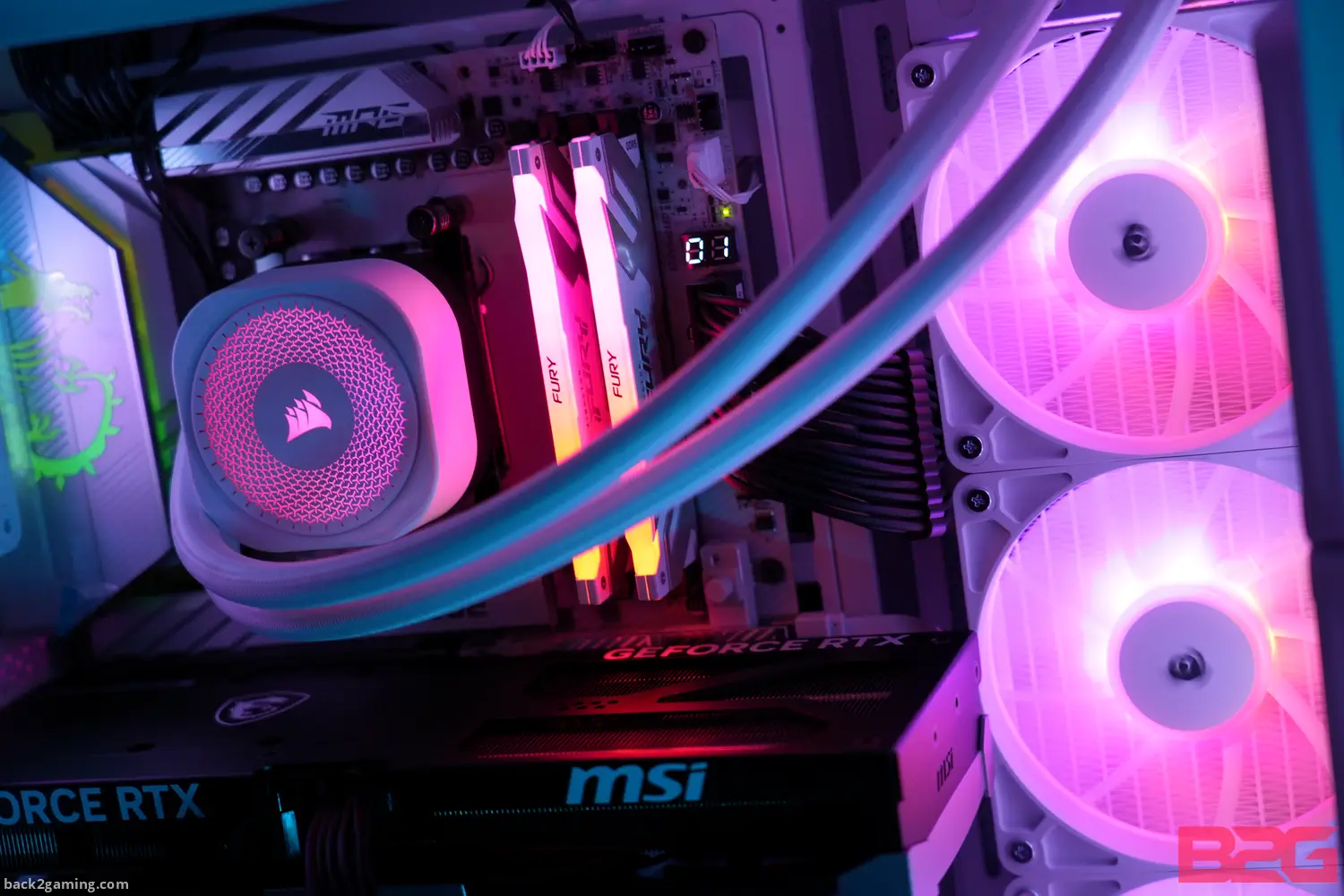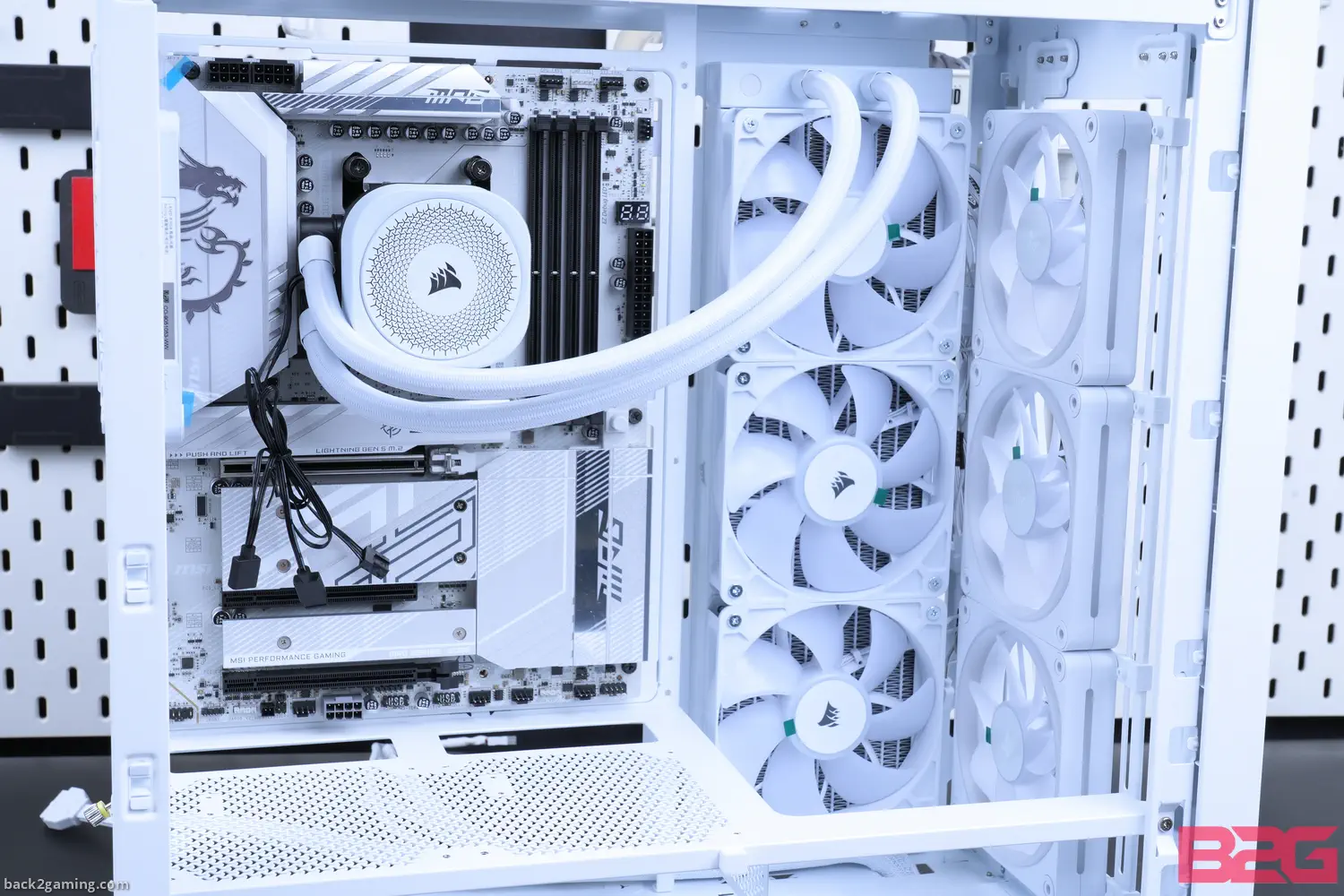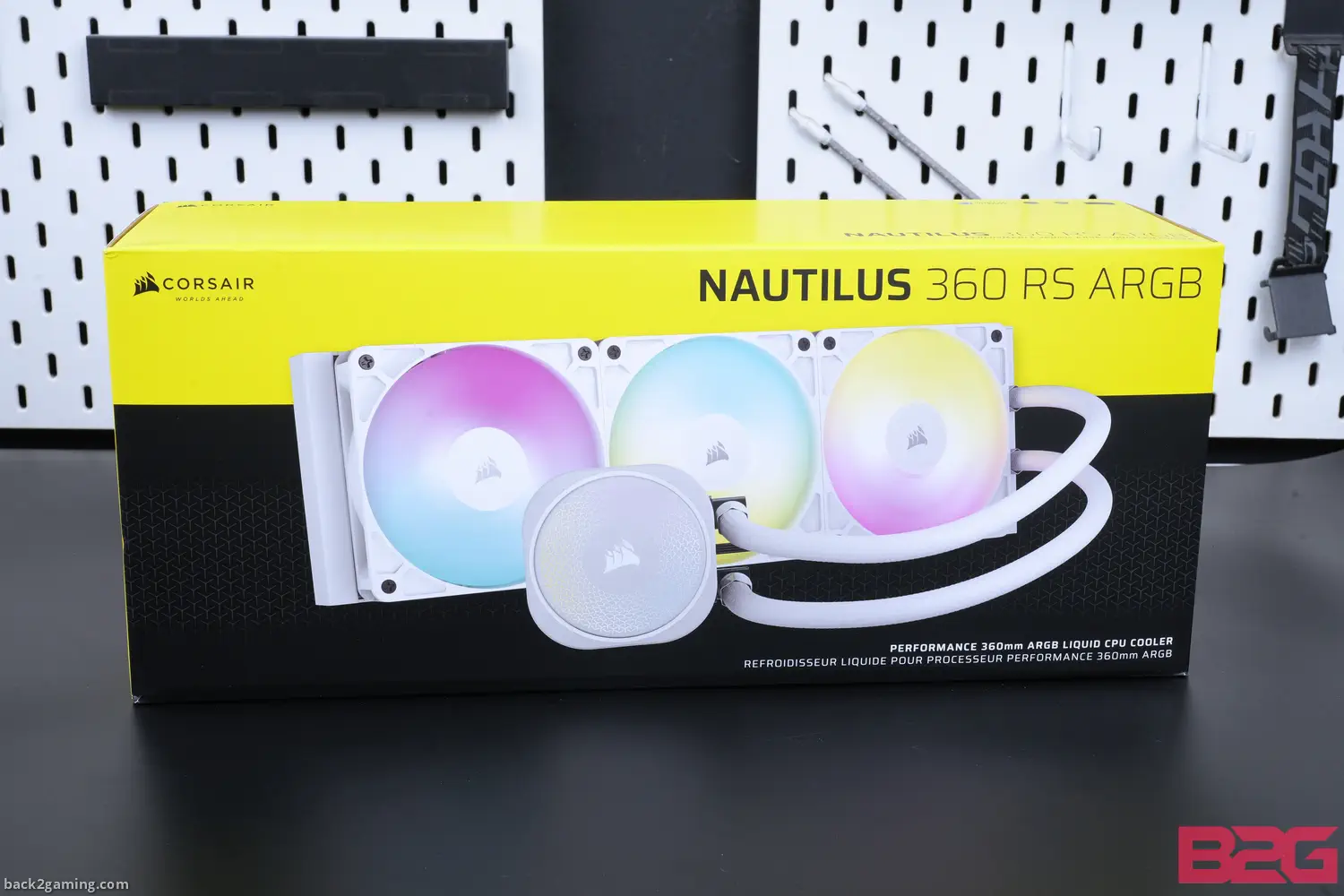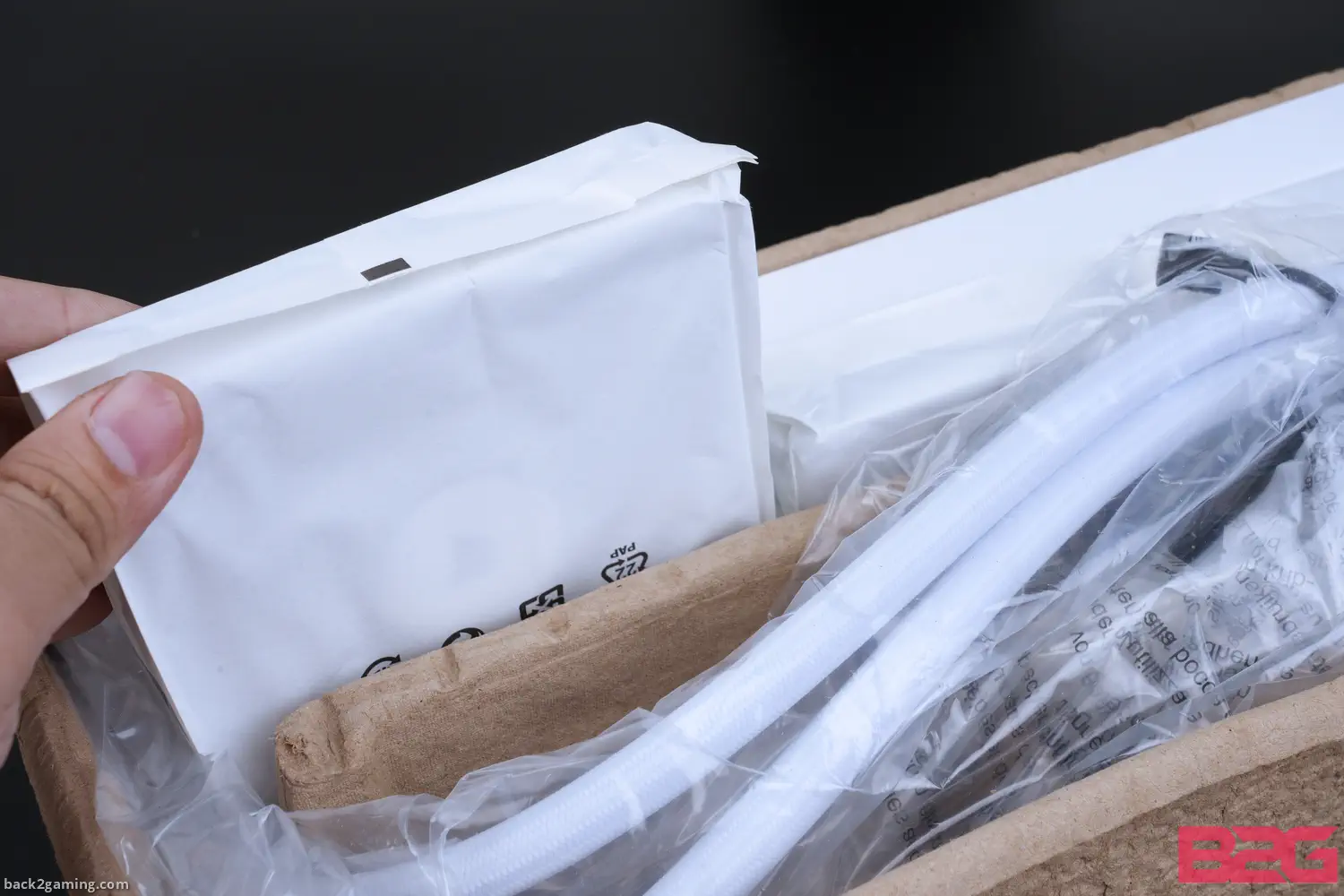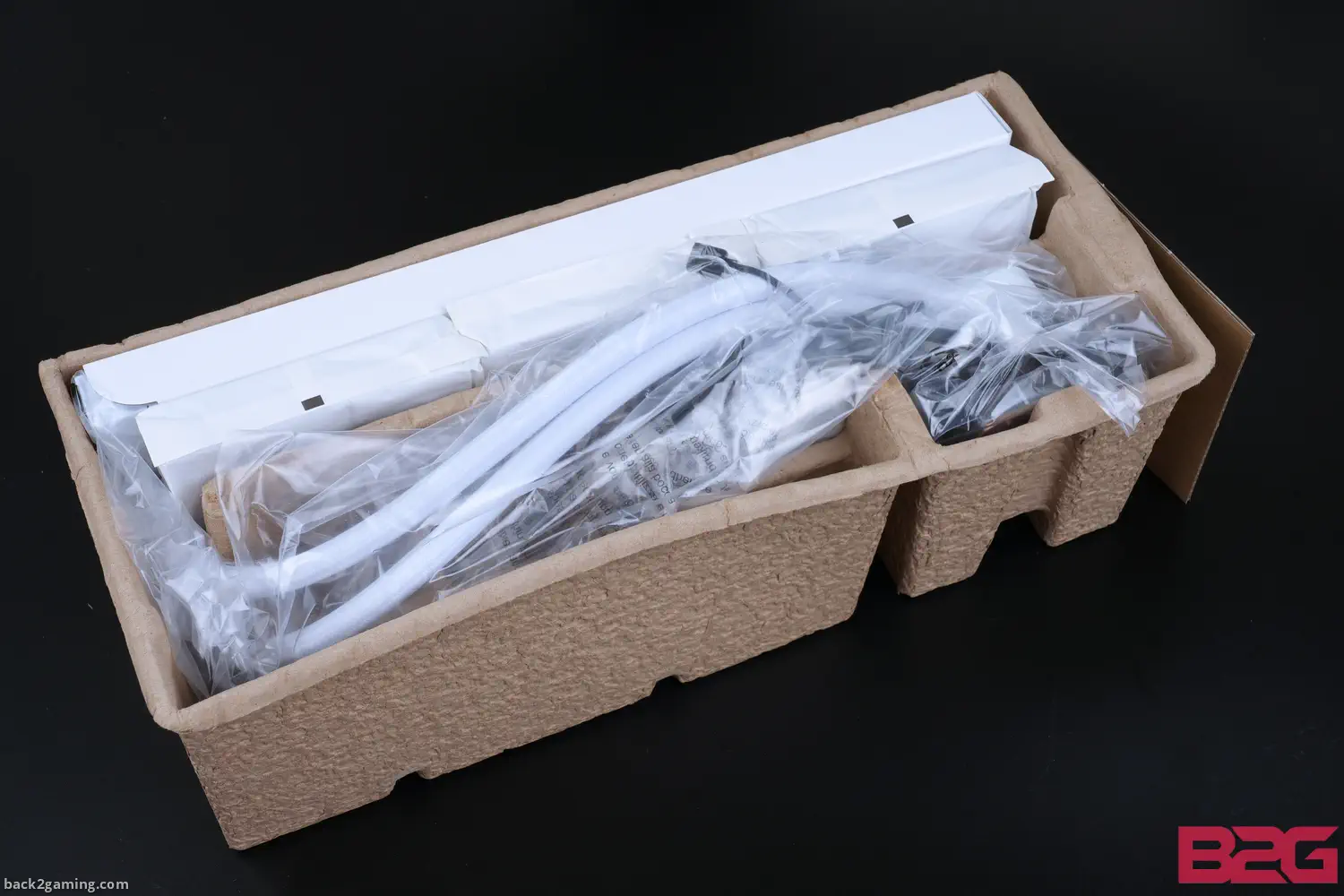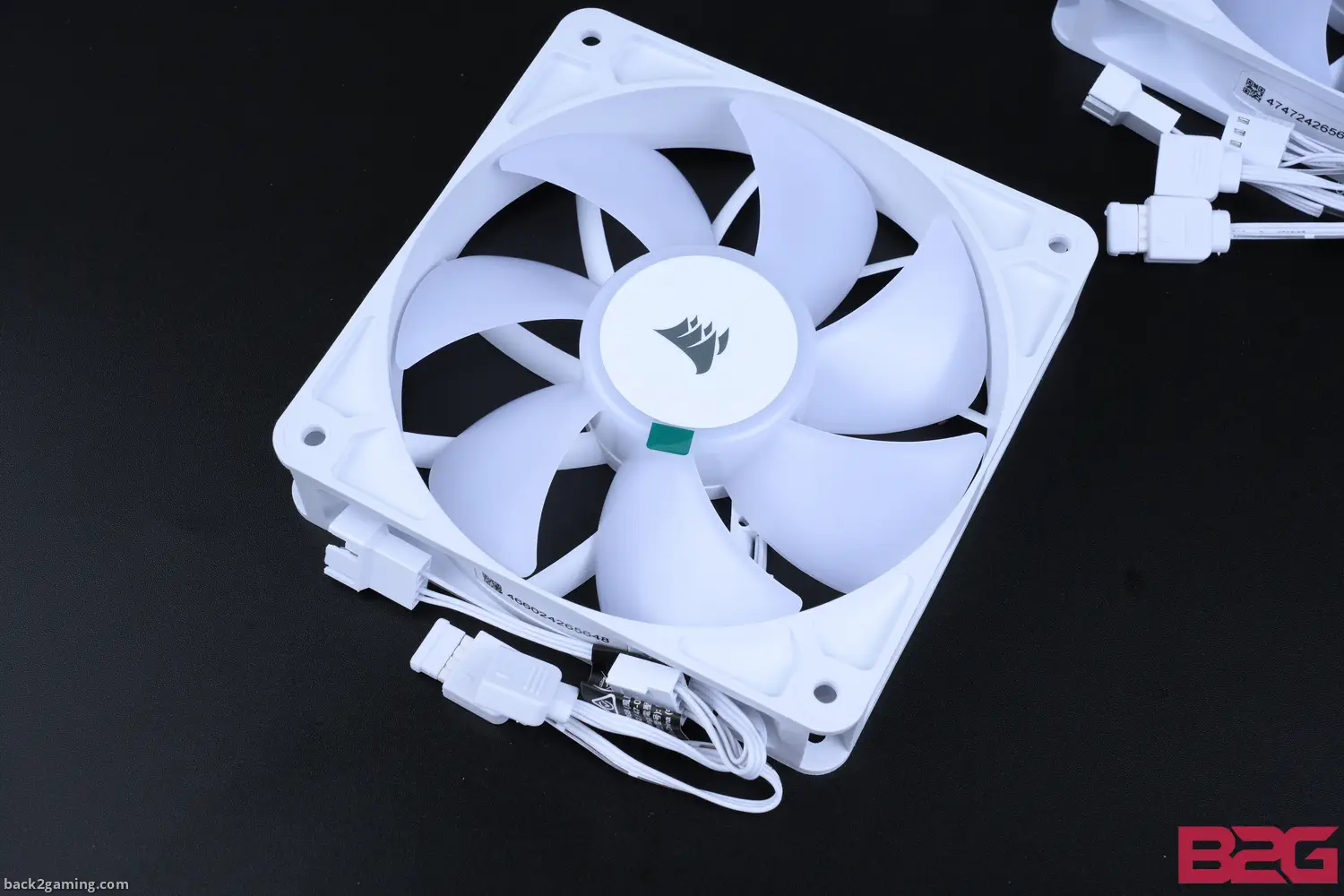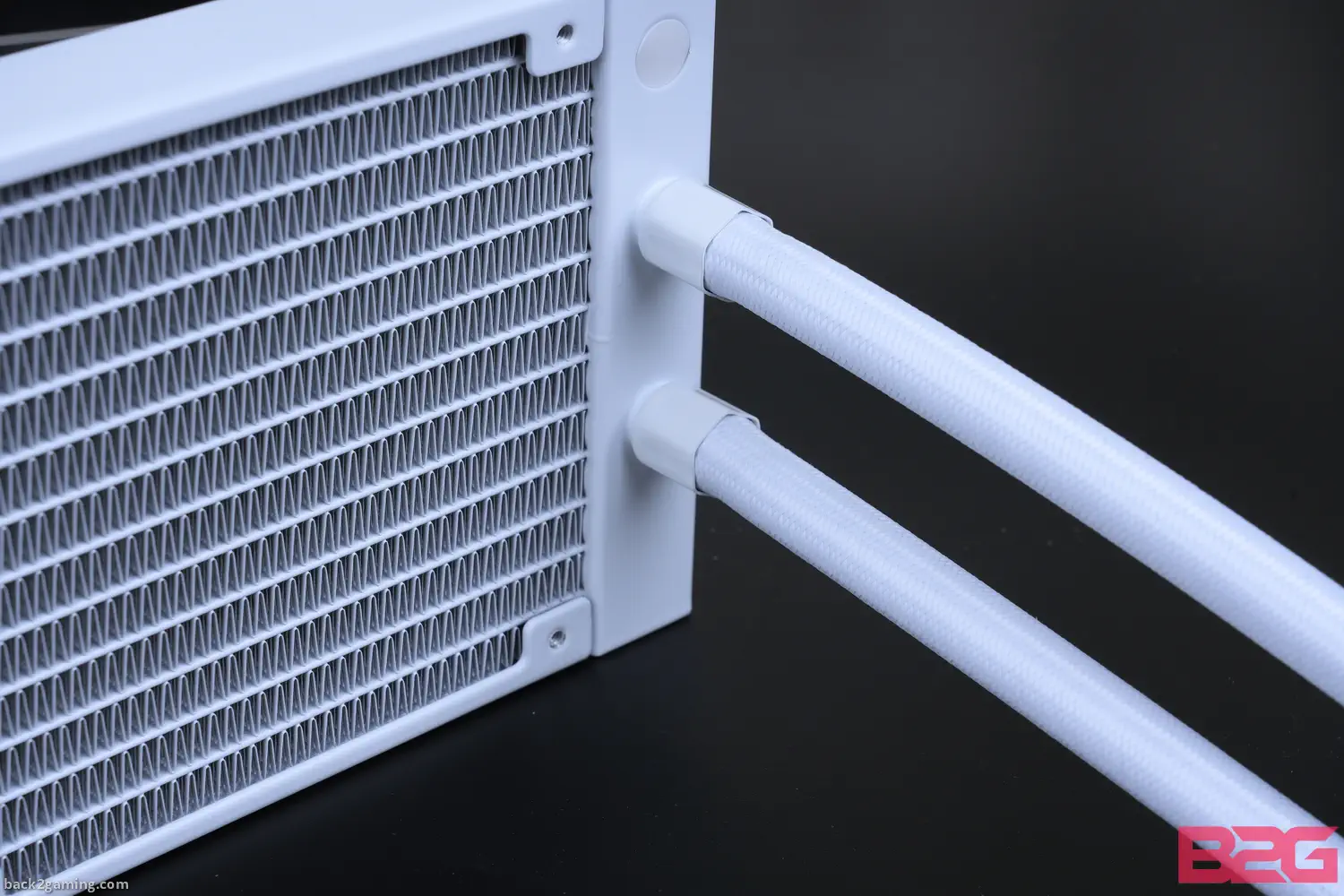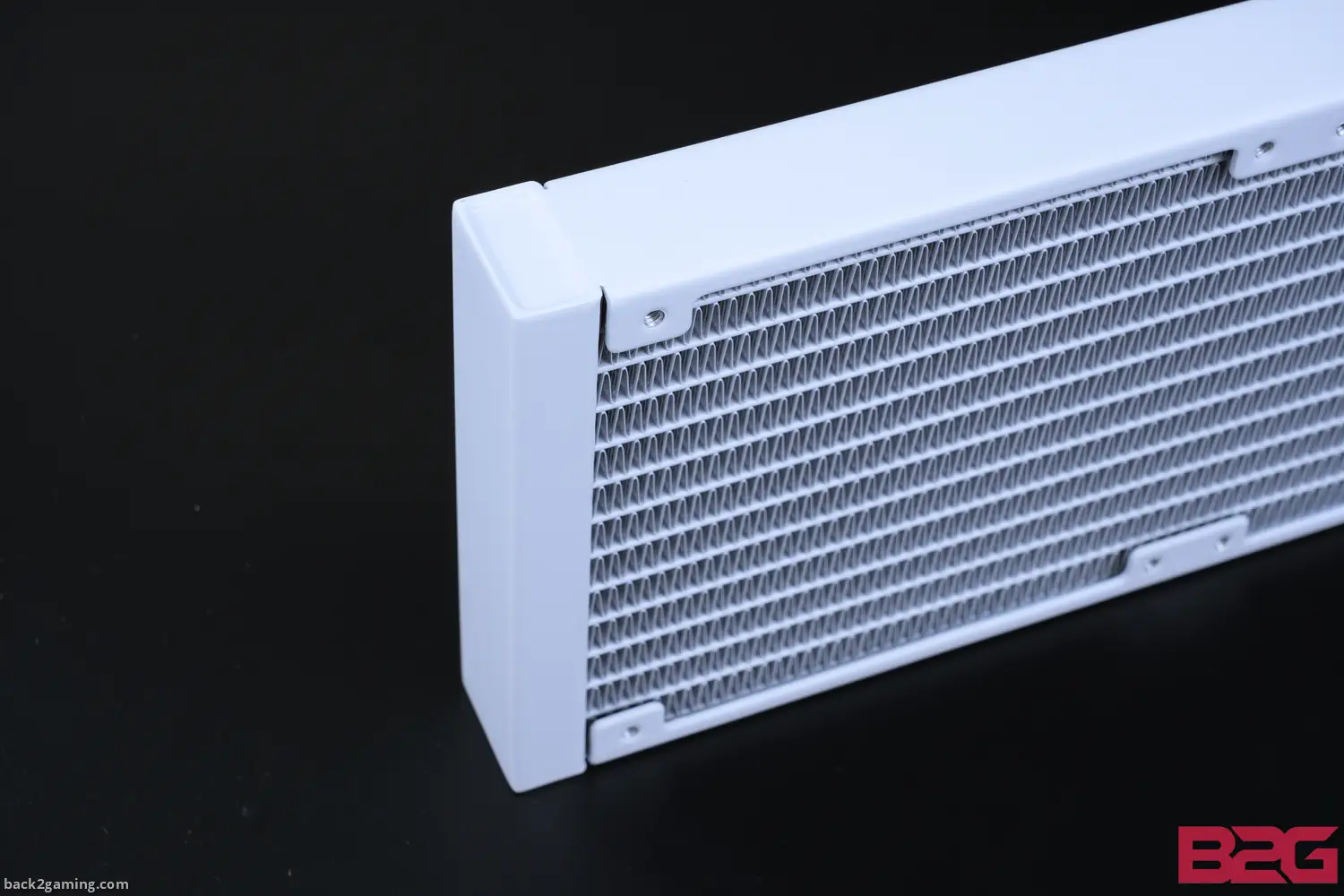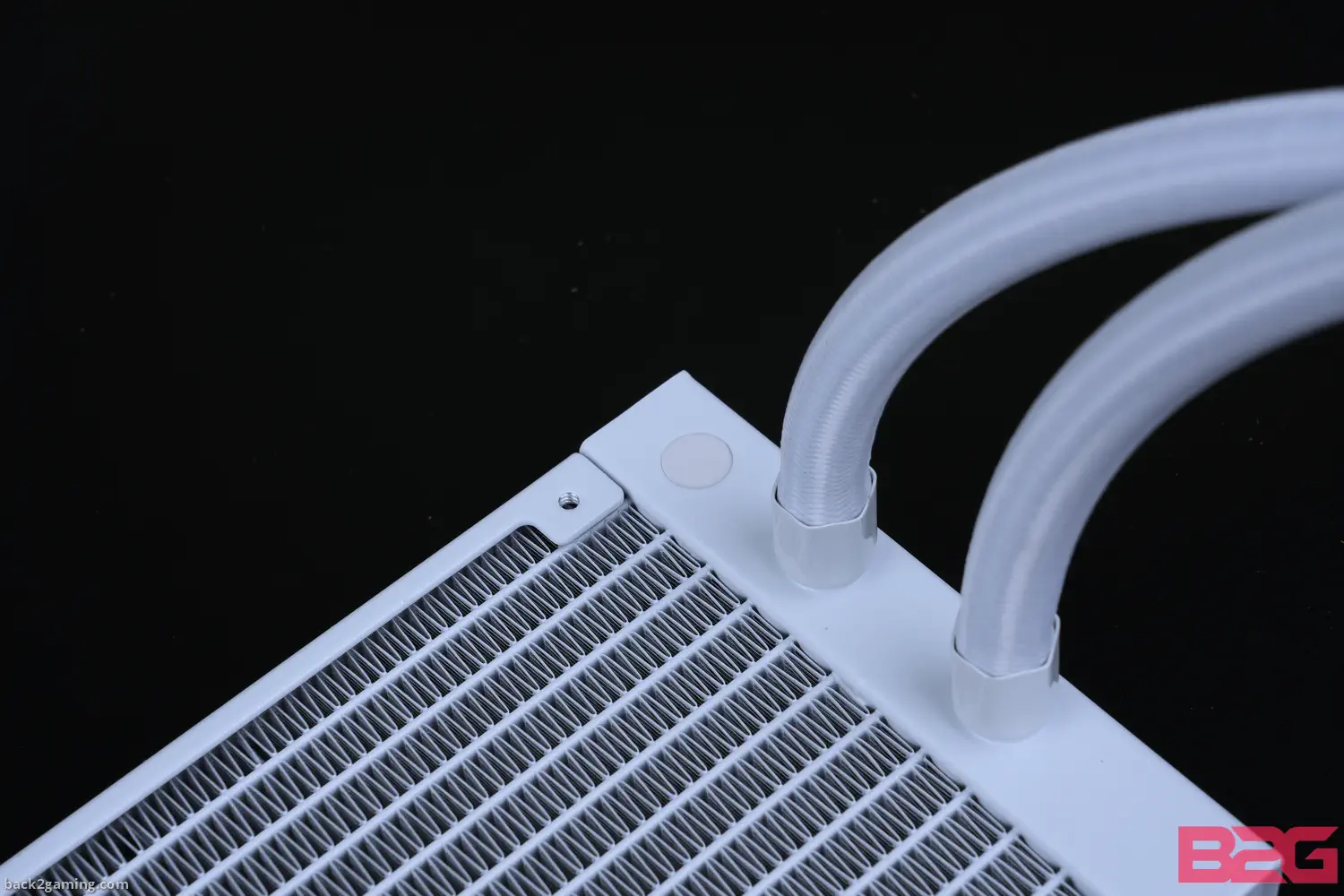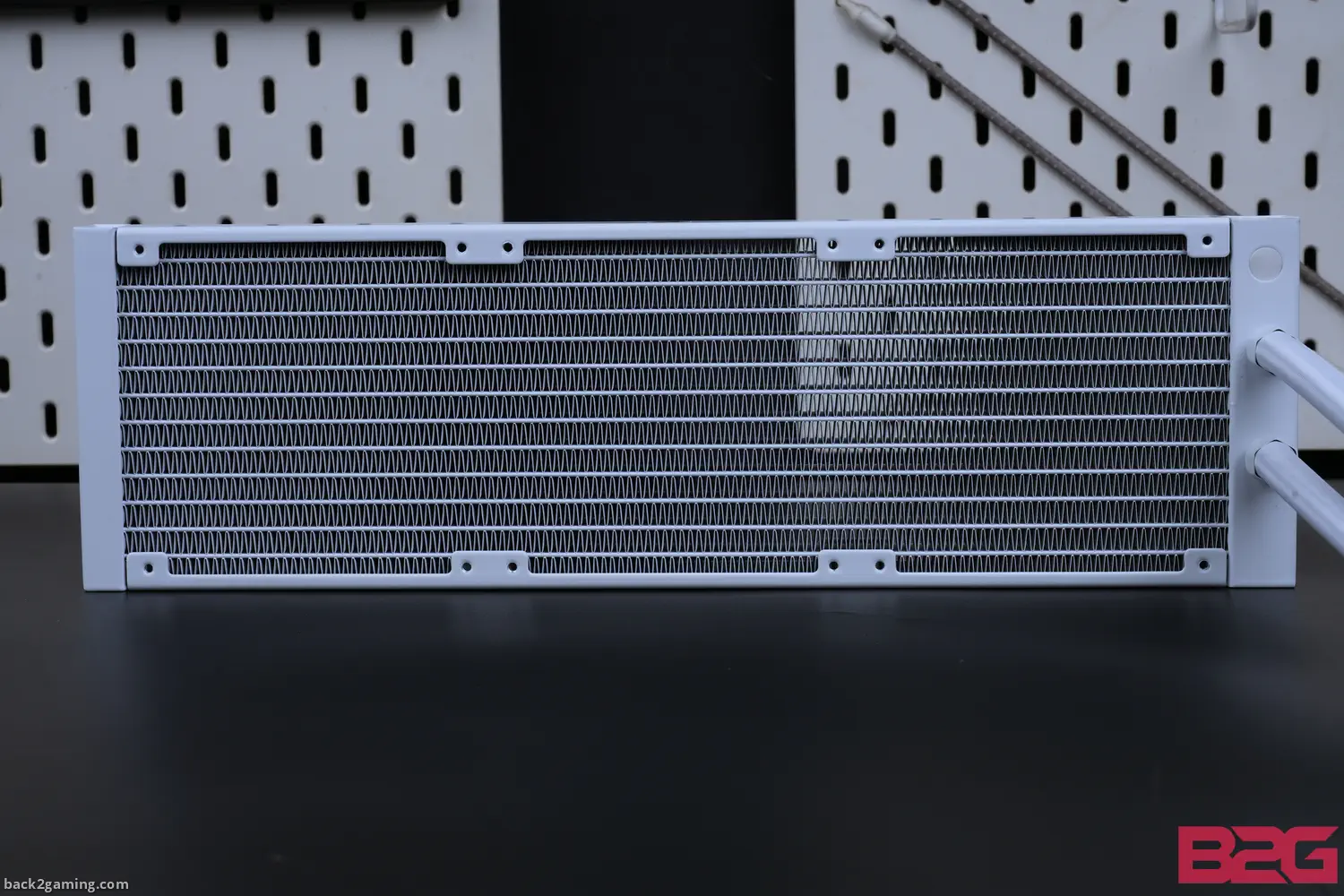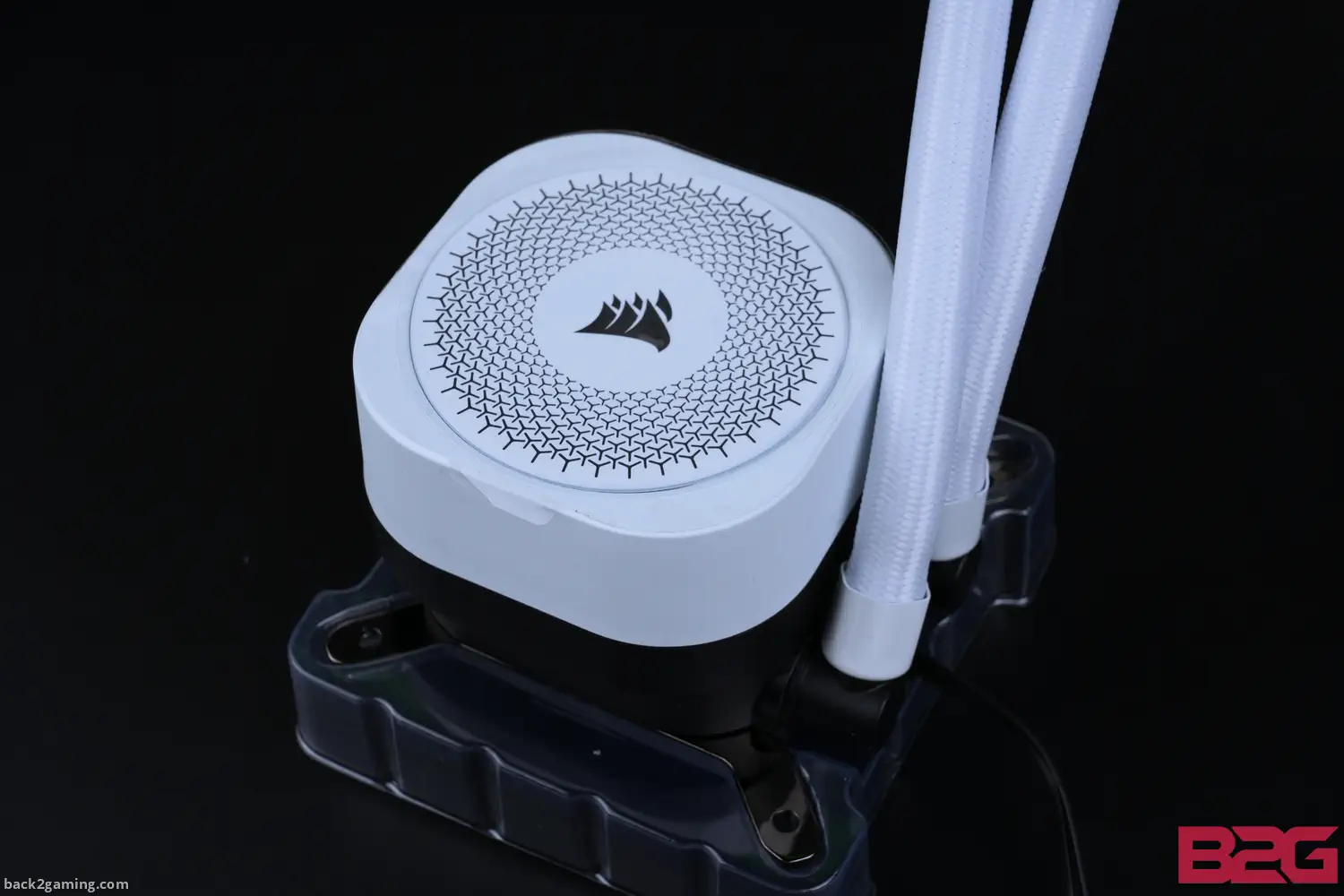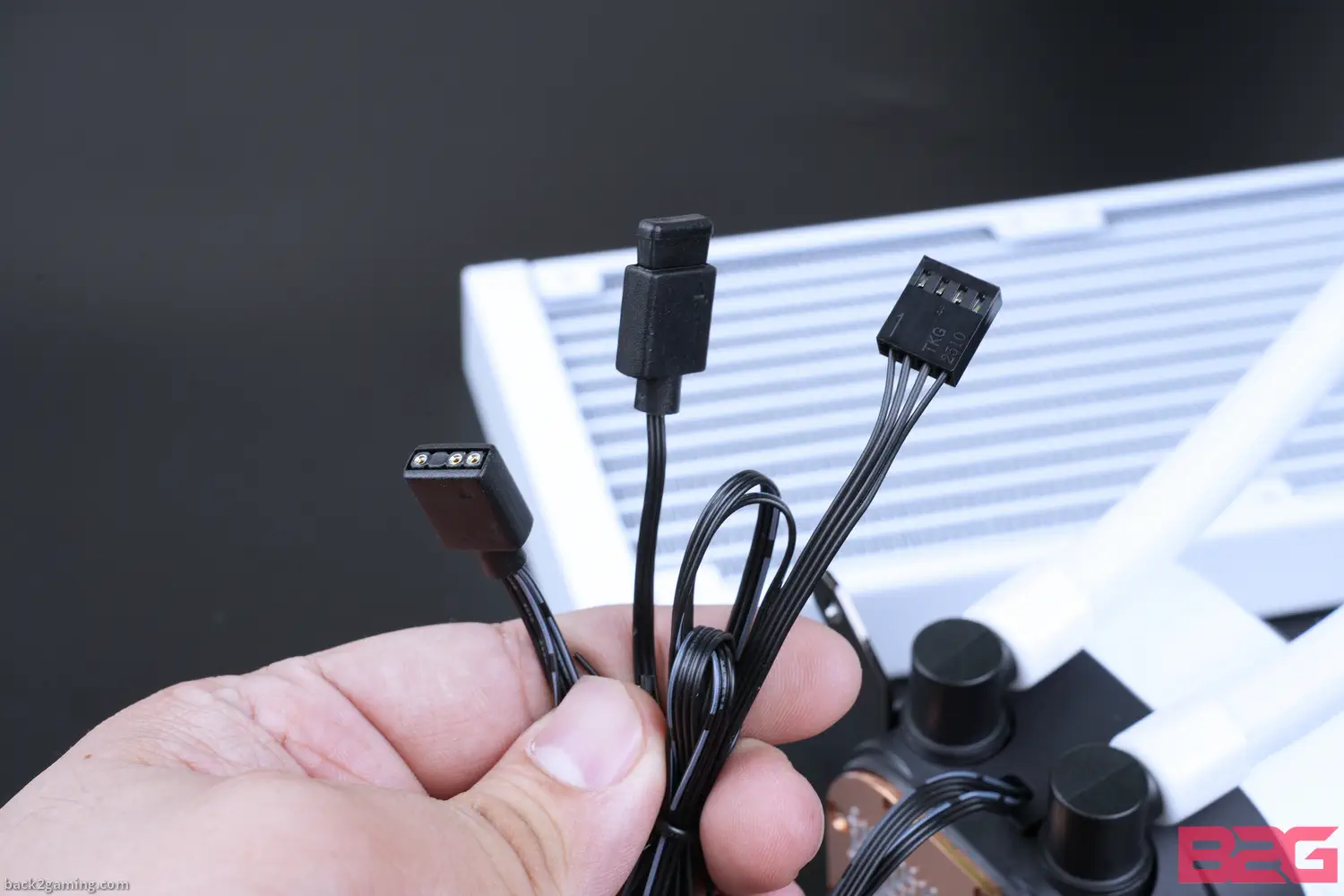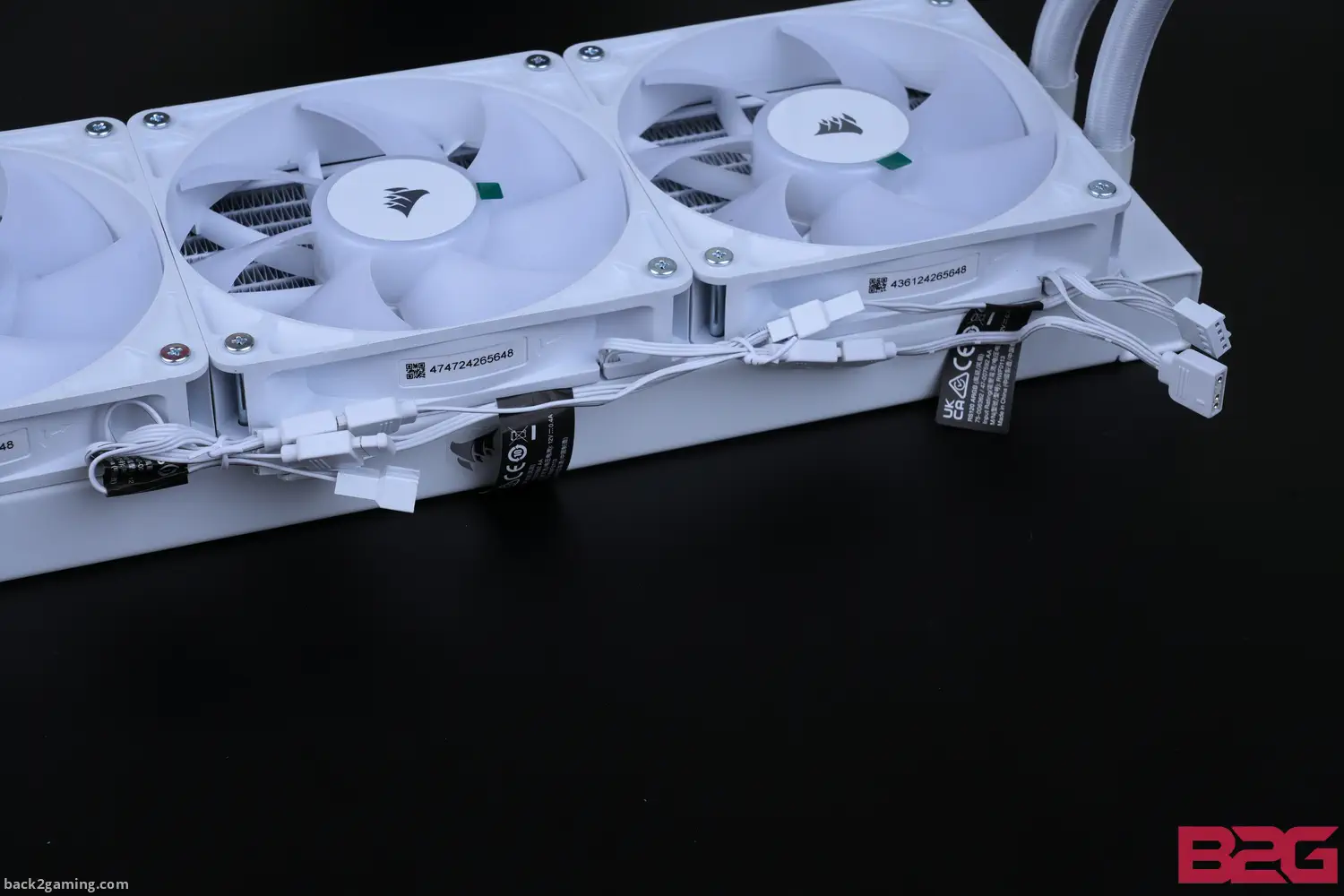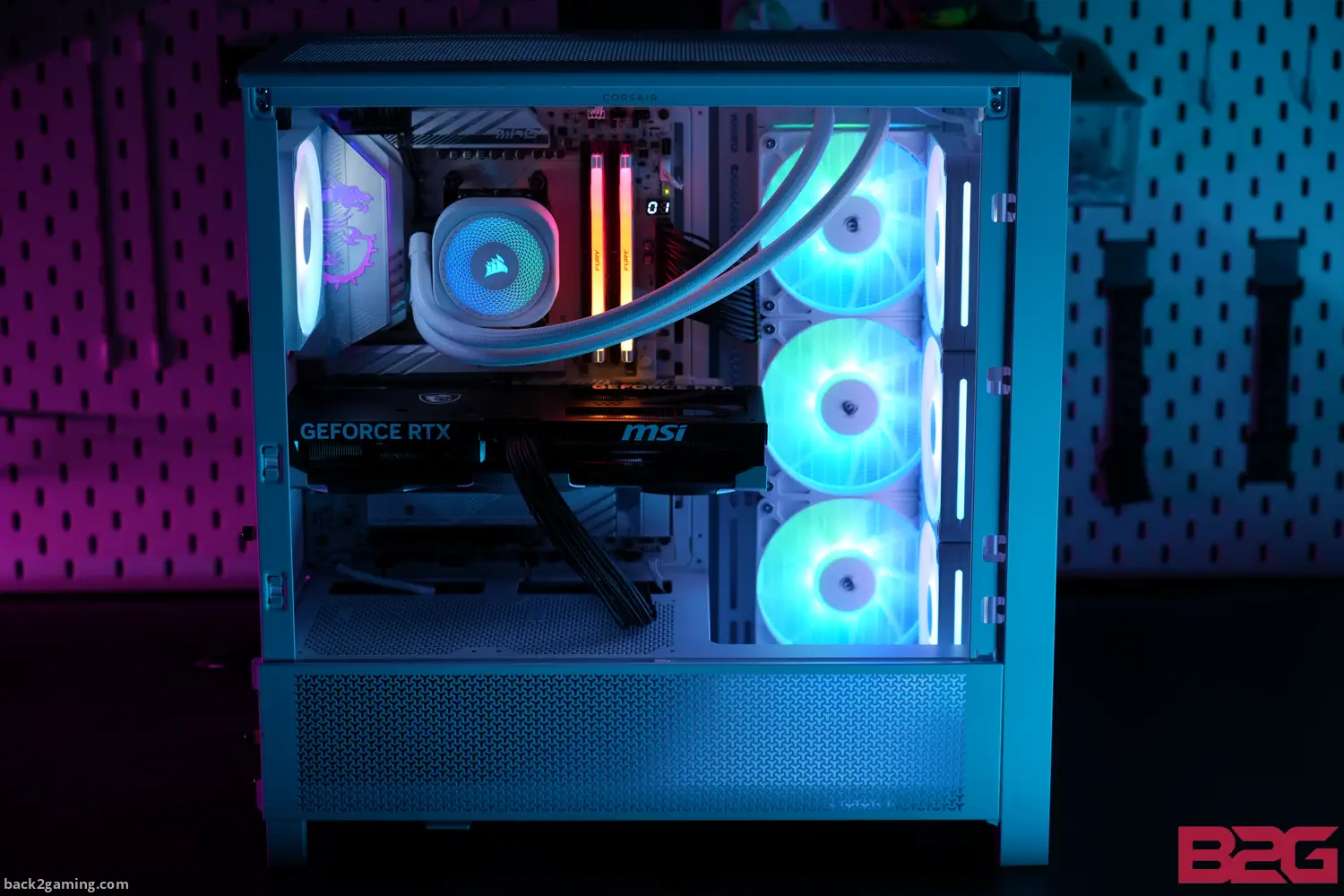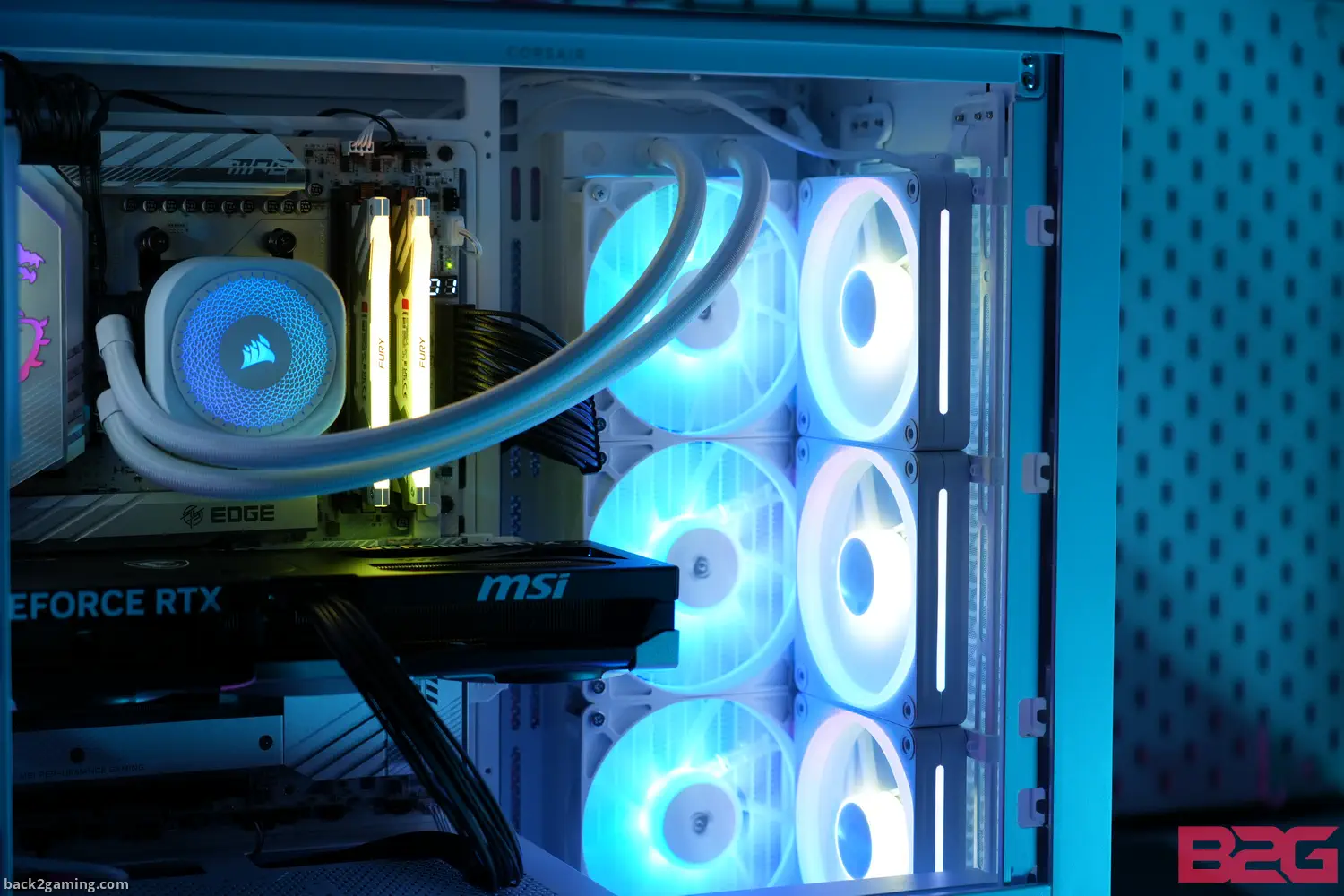Introduction
Corsair has predominantly settled in the mainstream and high-end for much of their existence in the AIO market but they have settled in a space wherein their primary goal is ecosystem convenience, a direction that has shifted their approach from offering generally accessible options, to controller-based solutions.
Corsair is rethinking their strategy and is now getting more in touch with their basic side, and for their CPU cooler solutions, they are bringing back non-iCUE products for the average consumer with the Corsair Nautilus RS and Nautilus RS ARGB. Available in both 240mm and 360mm sizes and coming in black or white color scheme, the Nautilus RS family brings Corsair’s distinct styling without pushing users to invest in their iCUE system.
This works for many builders just looking for an off-the-shelf solution and don’t want to bother with the details. Corsair probably felt they needed to fill that void as the steep jump to an iCUE system is a literal investment. In this review, we’ll go over the Corsair Nautilus RS 360 ARGB and see what’s been cut and how it performs in this review.
Edit: updated photos with black background for clarity. Added new photos on Corsair chassis (not included).
Features & Specification
- Simple, High-Performance All-in-One CPU Cooling: Renowned CORSAIR engineering delivers strong, low-noise cooling that helps your CPU reach its full potential
- Efficient, Low-Noise Pump: Keeps your coolant circulating at a high flow rate while generating a whisper-quiet 20 dBA
- Convex Cold Plate with Pre-Applied Thermal Paste: The slightly convex shape ensures maximum contact with your CPU’s integrated heat spreader, with thermal paste applied in an optimised pattern to speed up installation
- RS120 ARGB Fans: RS ARGB fans create strong airflow and high static pressure, with easy ARGB control via a compatible motherboard. CORSAIR AirGuide technology and Magnetic Dome bearings ensure great cooling performance and low noise
- Easy Daisy-Chained Connections: Reduce the wiring in your system by daisy-chaining your RS ARGB fans and connecting them to just one 4-pin PWM fan header and one +5V ARGB header
| Product Specification | Details |
|---|---|
| Product Length (mm) | 275 |
| Product Width (mm) | 125 |
| Product Height (mm) | 125 |
| Lighting | RGB |
| Cooling Warranty | 5 Year |
| Number of Fans | 2 |
| Cold Plate Material | Copper |
| Radiator Material | Aluminum |
| Cooling Socket Support | Intel 1851, Intel 1700, AMD AM5, AMD AM4 |
| Fan Speed | 2100 RPM |
| Fan Airflow | 13.3 – 72.8 CFM |
| Fan Static Pressure | 0.2 – 4.15 mm-H2O |
| Noise Level | 10 – 36 dBA |
| Radiator Size | 240mm |
| Fan Model | Standard |
| Tubing Length | 400mm |
| Fan Control Method | PWM |
| AMD Processors Supported | Ryzen, A-Series |
| Intel Processors Supported | Core i9, i7, i5, i3, Pentium, Celeron |
| PWM | Yes |
| Weight | 1.932 kg |
Corsair Nautilus official product page: 240mm | 360mm
Closer Look
The Corsair Nautilus arrives in Corsair’s full-colored print packaging with the product shot on the outside. The actual product color is indicated on the hero shot as well as the size so its the NAUTILUS 360 RS ARGB for this model done in white while the non ARGB will just be the RS along with the size.
The box opens up on the side and as usual, Corsair is reminding you that the manual is now online and you need to scan this QR code for the online manual of the Nautilus RS.
All the contents of the package are mostly wrapped in paper sleeves except the radiator, tubing, and pump-block possibly to contain fluid should they leak out during shipping.
The Corsair Nautilus contains all the mounting hardware you need for modern Intel LGA1700 and LGA1851 systems as well as AM4 and AM5 sockets. Unfortunately Corsair’s design limits the Nautilus to newer Intel systems and no support for the older LGA1200/LGA115x sockets as well as any other HEDTs (LGA20xx/TRx).
Corsair uses a set of RS120 fans for the Nautilus. These are rated for a maximum of 2100RPM and pushes 72.8CFM of air with a static pressure rating of 0.2 to a maximum of 4.15 mmH2O. In comparison, the RX120 MAX has almost similar ratings with a slightly reduced maximum fan speed but is exclusively an iCUE LINK ecosystem product.
Corsair pre-applies a generous amount of pre-applied thermal paste out of the box. For our testing though, take note that we use a new application of our standard thermal grease.
Corsair would’ve really put a much better fight against Arctic if they opted for a thicker 30mm radiator rather than the standard 25mm. It would drive up manufacturing cost of the OEM partner doesn’t make those in quantity but it will definitely communicate a more performance appeal, something that the RS MAX fans emphasize with their thickness. For the most part, the radiator is a standard sealed AIO model with dense fins for maximum dissipation. Tubes are sealed and wrapped in place and we can see a breather hole for the factory fill on one of the ends of the radiator.
Here’s a shot of the fin density of the Corsair Nautilus.
The pump-block retains a signature look from Corsair but unlike the iCUE LINK AIO CPU coolers, the Nautilus does not have CapSwap support but has a snap-on, rotating cover for aesthetics.
Take note that the pump-block is offset to one side and is best oriented with the tubings at the bottom as that doesn’t take up space on one of the sides.
As a standard connector model, the Corsair Nautilus’ pump-block has a standalone 4-pin fan header connector and a 3-pin ARGB cable connector with passthrough. Unfortunately, the cables used are in black even if you have the white version so you’ll need to tuck it at the back for a clean look if you’re daisy-chaining RGB.
Speaking of daisy-chain, you will need to plan the fan cabling arrangement yourself. Since I plan to mount this radiator on top of the chassis or on the side with the tubing coming from the right, to keep the cables away, I place them on the side away from me. I use the spare twist ties that secure the cables to tie them down, but you can also use zip ties to hold them in place.
Finished Look
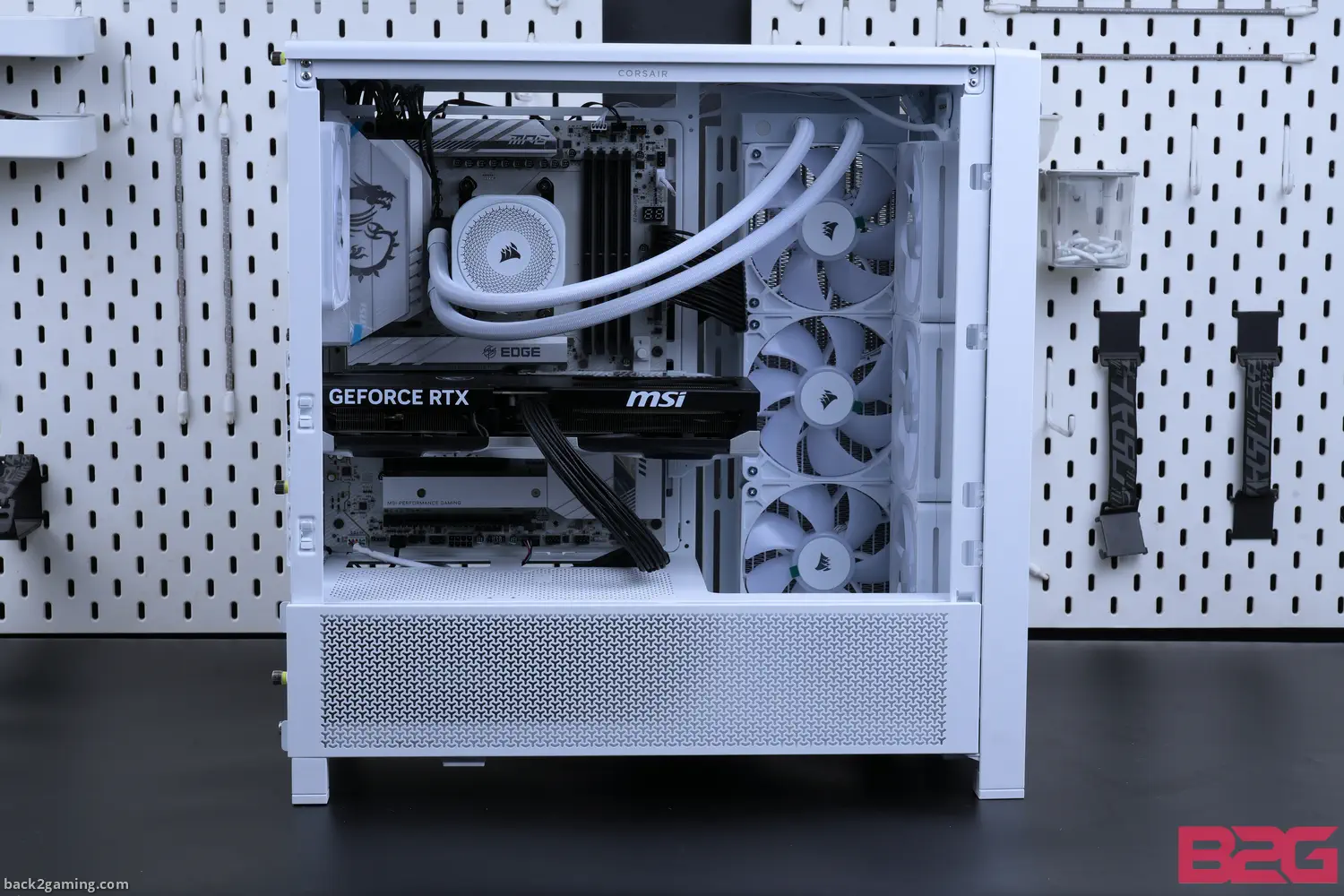
A previous version of this review used a larger tower chassis that hid the cooler on the top for our demo photos, I changed those with a smaller chassis for a better idea on how to orient this cooler especially for chassis with side mount as seen above with the our Corsair Frame 4000D chassis (review here).
Since the motherboard controls your RGB, you’re free to sync your RAM, case, and other lighting to your fans. Some GPUs may also have their own ARGB headers so you can also sync with those. You’re pretty much limited to what headers you have. Some budget boards may not have ARGB headers so please be aware that for these instances, DO NOT FORCE THE 3-PIN ARGB CONNECTOR on to the 4-pin 5050 LED RGB headers. DO NOT!
Performance Testing
Processor: Intel Core i9-14900K
Mainboard: ASUS ROG Z790 DARK HERO
Memory: G.Skill Trident Z DDR5-7200 C36 48GB
Storage: T-Force Z540 SSD
PSU: FSP Hydro G Pro 1000W
Monitor: GIGABYTE M32U
VGA: ASUS Phoenix GTX 1050 Ti
Thermal Interface Material: Kingpin Cooling KPx
As modern motherboards and CPUs tend to favor maximum TDP rather than a preset max, CPU coolers now need to contend with TDP targets more than any other thing. That said, we’ve set predefined TDP targets and kept the fan speed at select targets for our performance testing. We’ve slimmed this down and removed the clock speed targets as once TDP drops below ratings, they do change in clock speed. If the chart doesn’t show a number on target TDP, that means it has throttled. This is based on a sudden drop in the TDP target based on the OCCT report we use.
The programmed test here is done with OCCT Enterprise v13 to program repeatable tests. We have an AVX2 load all with Small/Extreme profiles for maximum load for all tests, and we start off with no limits on our 14900K which sends the CPU to 5.3Ghz loaded. It’s going to be rare to see this kind of load nowadays, especially with Intel implementing a new BIOS limits to the 13th and 14th-gen CPU as well as the newer Arrow Lake CPUs. But just in case you’re ignoring that and your Raptor Lake is not showing any issues, then you might as well use it to the max.
The Nautilus is very audible in maximum speed and if you’re motherbaord is forcing your fans to run at full speed, something’s really off with your PC. At best, it’s recommended to run these RS 120 fans on around 80% max but if you need the power, they can do some serious airflow but will be quite loud. But at this speed and the pump at auto, the Nautilus RS 360 can hold an Intel Core i9-14900K pushing 364W with no throttling but again, the fans can get very loud at high RPMs.
Conclusion
Some observations I wanted to quickly note off are that there’s a wind-up sound on the Nautilus’ pump-block on start-up. I assume this is just the motor really cranking up on boot, but I’m still experimenting on orientation if its just an air pocket in the pump space getting spun around before fluid flows. There is also a distinct smell on the Nautilus but despite continuous use, I’ve not noticed a leak and the smell has dissipated over the weeks. Other than those small details, much of the experience I’ve had is very much what I expected from an essentials-first AIO CPU cooler.
And it is quite obvious Corsair is gunning for Arctic’s spot. Easily the most popular AIO cooler in Amazon, the Arctic Freezer III has carved itself a reputation for its incredible price-to-performance ratio and Corsair is seemingly intent on taking a piece of that pie as the Corsair Nautilus RS undercuts the Arctic Liquid Freezer by a couple of dollars. This does equate to very similar performance but the Arctic’s thicker rad does give it a bit of an edge in certain scenarios.
You’re definitely not being limited by your cooler if you decide to crank a 14900K or 9950X to its max TDP. That’s just physics at work but if you’re looking for something to help cool those 250W Core Ultra 9 or Ryzen 9 processors then the Nautilus definitely is definitely enough. It packs a clean design with a clean overall look and its daisy-chained cables require a few twist or zip ties to clean-up but the pay off is a very clean looking build.
For the most part, there’s really nothing to complain about the Corsair Nautilus RS / ARGB AIO CPU cooler. Perhaps the fans at max RPM is indeed a notable flaw but there’s literally no 120mm static pressure fan out right now that can be objectively said to be quiet at 100% full duty. That said, this will be up to your motherboard and CPU combo on how loud your fans will get so users are advised to at least use their fan tuning utility to get the most out of their cooling without going 100%.
But in order to cut costs, Corsair does take away what makes their iCUE system a real standout ecosystem. The ability to integrate into a highly interactive lighting and control ecosystem locks out any traditional connectors and this is something that Corsair should really address as a mid-point for upgraders that want to slowly convert to iCUE but want to ease-in by slowly moving their traditional 3-pin ARGB devices to the newer platform. Surely, it defeats the purpose of the Nautilus but Corsair’s iCUE system isn’t really cheap in any way and they really need to come up with a way that doesn’t gatekeep new users to the ecosystem.
If that doesn’t mean anything to you though and you’re all about performance and you want to keep that Corsair look you’ve been used to for a while now then the Nautilus does a good job keeping the tradition alive. Clean lines, tight sleeves, and elegant block with powerful fans. All the basics to get your CPU cool, especially modern ones. The Corsair Nautilus RS and Nautilus RS ARGB are available now and is an easy recommendation if you want a trusted brand on your AIO rather than picking some of the other whitelabel stuff online.
Corsair backs the Nautilus RS/Nautilus RS ARGB with a 5-year warranty. I give it my B2G Recommend Seal and Value Award!


